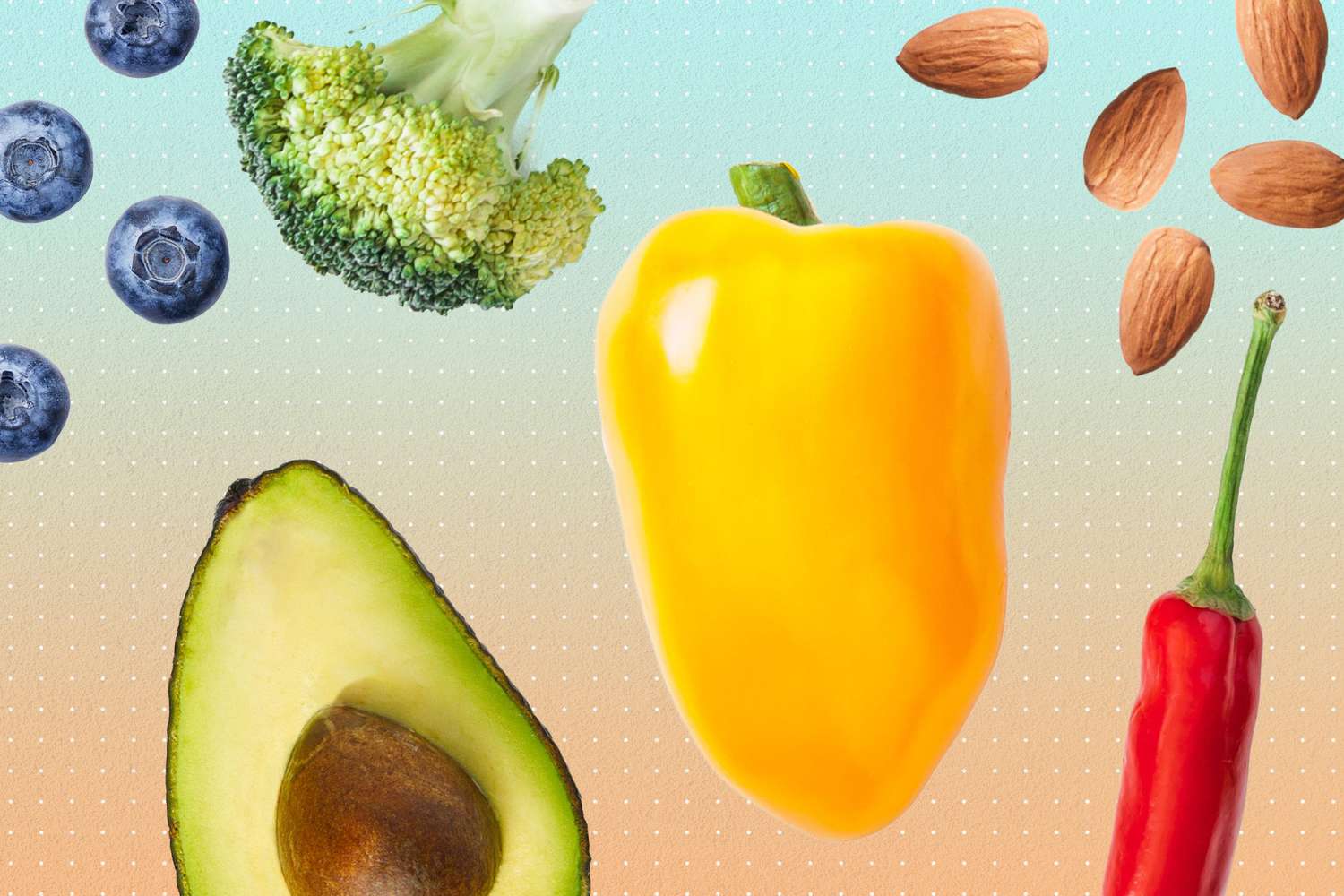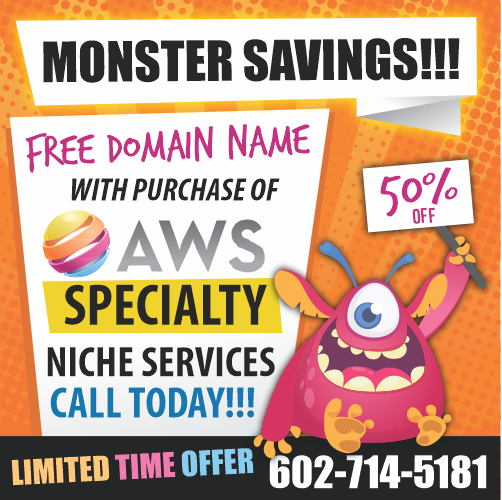Following a low-sodium diet is is something that many people strive to do in order to support their health. After all, consistent overconsumption of sodium is linked to many health problems, including developing high blood pressure and kidney damage. And keeping sodium intake at an appropriate level can help people live healthier lives.
The Dietary Guidelines for Americans recommends that adults limit their sodium intake to less than 2,300 milligrams per day, a far cry from the 3,400 mg the average American consumes daily. (In fact, 90% of Americans eat too much salt.) Excessive amounts of salt can be found in many packaged and prepared foods, so tweaking your diet to decrease sodium intake can be challenging.
Snacks like chips and pretzels are common high-salt culprits, but there are many less-obvious sources of sodium in the diet, such as chicken and turkey, pasta dishes, bread and condiments.
If you are starting a low-sodium diet, this guide will help you navigate a new way of eating.
How Much Sodium Is in a Low-Sodium Diet?
The term “low-sodium diet” means exactly what it says: it’s a diet that includes a low sodium intake.
The definition of “low sodium” varies among expert panels and can change if a person has a specific disease, such as chronic kidney disease.
For the average healthy person, the American Heart Association recommends no more than 2,300 mg of sodium per day, with an ideal limit of 1,500 mg per day for most adults, especially for those with high blood pressure.
However, the amount recommended for you may change, depending on your health and family history. If you have a health condition such as chronic kidney disease or type 2 diabetes, talk to your doctor about the limit that’s right for you.
Benefits of a Low-Sodium Diet
Sodium is a frequent addition to many foods that we eat, oftentimes in the form of table salt. Having some salt in your diet is important, as this mineral plays a role in many body processes, including fluid balance, nerve impulses and muscle contraction. Plus, table salt can enhance the flavor of certain foods and can help make mealtime more enjoyable.
But consuming too much sodium can be unhealthy, potentially leading to high blood pressure and related health problems. Conversely, sticking to a low-sodium diet is linked to many health benefits, including:
- Healthy blood pressure
- Reduced risk of developing cardiovascular disease
- Improved brain health
- Healthy renal (kidney) function
People who follow a low-sodium diet may also experience short-term effects, such as feeling less bloated or having less thirst, research shows.
General Guidelines for Cutting Down on Sodium Intake
So, you want to limit your sodium intake, but where do you start? About 70% of the salt consumed comes from restaurant, prepackaged and processed foods, according to the Centers for Disease Control and Prevention, which can make cutting down difficult.
The good news is that you don’t have to give your diet a complete overhaul. Instead, small swaps and tweaks can be incredibly impactful when it comes to trying to reduce your sodium intake.
For people who are starting their low-sodium diet, here are some general tips to consider:
- Don’t add salt to your dishes until you taste your meal.
- To amp up the flavor in a dish, try adding more herbs and spices instead of salt.
- Make homemade soup instead of reaching for canned options.
- Try MSG, which offers a similar flavor as table salt, but with around 60% less sodium.
- Use your own combo of olive oil and vinegar to top salads instead of pre-made dressings.
- Rinse canned vegetables and beans with water before enjoying them, or opt for “no salt added” varieties.
- Choose fresh meat instead of ultra-processed options like sausage, bacon, jerky and deli meats.
- Make a habit of reading food labels, which will help you choose low-sodium foods.
- When dining out, request that salt not be added to your dish.
- Limit fast-food meals, as most contain substantial amounts of added salt.
A Low-Sodium Foods List to Follow
Finding foods that are lower in sodium can be done with a little know-how. Typically, foods that are enjoyed in their closest-to-natural form will be lower in sodium than those that are more processed. To get you started, here are some top-pick low-sodium foods that should be on a low-sodium diet rotation.
Keep in mind some of these foods may be rich in minerals that people with chronic kidney disease may need to limit (like potassium). As such, you should always consult with your health care provider before starting any diet.
Fruits & Vegetables
Fruits and vegetables that are enjoyed fresh or freeze-dried are delicious without any added salt or sodium. Frozen veggies can be enjoyed on a low-sodium diet if they are not made with a salty sauce. Plain frozen fruits and vegetables are fantastic additions to a low-sodium diet.
When it comes to canned fruit, salt is very rarely added. As for canned vegetables, opting for “no added salt” options is the best way to go.
Some good produce choices include:
- Apples
- Grapes
- Strawberries
- Potatoes
- Asparagus
- Mushrooms
- Mangoes
- Watermelon
- Oranges
- Spinach
Grains
As long as the grain dishes you eat are not made with added salt or any salty ingredients (such as soy sauce), most grains can be important parts of a low-sodium diet. Some nutrient-dense choices include:
- Quinoa
- Sorghum
- Brown rice
- Whole-grain pasta
- Oats
Proteins
Protein plays many important roles in the body and, thankfully, many protein sources are naturally sodium-free. Smoked, cured and preserved meats are typically riddled with salt or sodium-packed ingredients. However, fresh cuts of beef, chicken, eggs, fish and other proteins are OK when following a low-sodium diet.
Some protein sources to enjoy when you are limiting your sodium include:
- Fresh cuts of chicken, beef, pork and fish
- Eggs
- Dried beans
- Unsalted nuts and peanuts
- Hummus
Dairy
Many dairy foods are chock-full of magnesium, potassium and calcium, nutrients that support healthy blood pressure. But certain dairy foods, such as many cheeses, can be loaded with sodium, too. Thankfully, there are some delicious dairy foods that are low in sodium and jam-packed with nutrients, including:
- Milk
- Unflavored half & half
- Yogurt
- Swiss cheese
- Unsalted butter
- Kefir
Fat
Healthy fats are an important part of a healthy diet. Certain options can also be loaded with antioxidants and key vitamins, such as vitamin E. Some healthy fat sources that are perfectly acceptable on a low-sodium diet include:
- Olive oil
- Avocado oil
- Avocados
- Oily fish, such as salmon, tuna and sardines
- Chia seeds, flaxseeds and hempseeds
- Unsalted nuts, including almonds, cashews, pistachios and peanuts and their nut butters
High-Sodium Foods to Watch Out For
Finding low-sodium foods that fit into a low-sodium diet is not an impossible task. From fresh fruit to baked chicken breast seasoned with fresh herbs, there are plenty of delicious foods that people on a low-sodium diet can enjoy.
However, if you’re following a low-sodium diet, some foods should be on your “once-in-a-while-foods” list, as they are notoriously high in sodium. In the United States, most sodium in the diet comes from packaged and restaurant foods. Eating more meals at home and sticking to fresher food options can be a great start when you are embarking on your low-sodium journey.
When it comes to specific foods, some items that are generally high in sodium and thus best to limit when you’re following a low-sodium diet, include:
- Hot dogs
- Ham
- Canned pasta
- Salted nuts
- Pickles
- Pretzels
- Soy sauce
- Teriyaki sauce
- Frozen French bread
- Cheddar cheese
- Vegetable juice
- Jarred pasta sauce
Bottom Line
About 90% of Americans 2 years old or older are eating far more than the recommended sodium limit. And with nearly half of all adult Americans having hypertension and 15% having chronic kidney disease, taking steps to keep sodium intake on the lower side should be prioritized.
Following a low-sodium diet doesn’t mean you have to live off of dry greens and plain chicken breast. Keeping foods like fresh fruit, unsalted nuts, yogurt and pasta on hand can help you live a lower-sodium lifestyle while continuing to enjoy your favorite foods. Adding herbs and spices like garlic, turmeric or freshly cracked pepper can satisfy your taste buds without even a grain of salt.
Enjoy a full day of low-sodium meals starting with Cinnamon Roll Overnight Oats in the morning, a Veggie & Hummus Sandwich at lunchtime and Chicken Cutlets with Sun-Dried Tomato Cream Sauce for dinner. You will feel satisfied and nourished while keeping your sodium intake under control at the same time.

 July 11th, 2022
July 11th, 2022  Elizabeth Tucker
Elizabeth Tucker 
 Posted in
Posted in  Tags:
Tags: 

